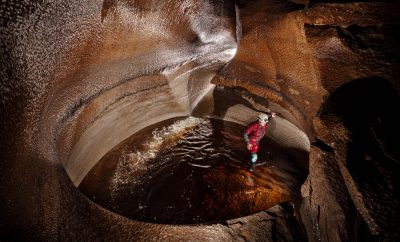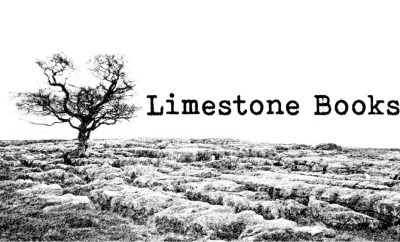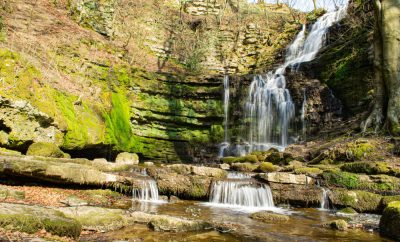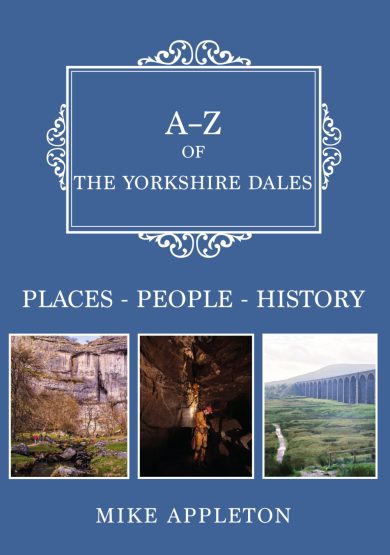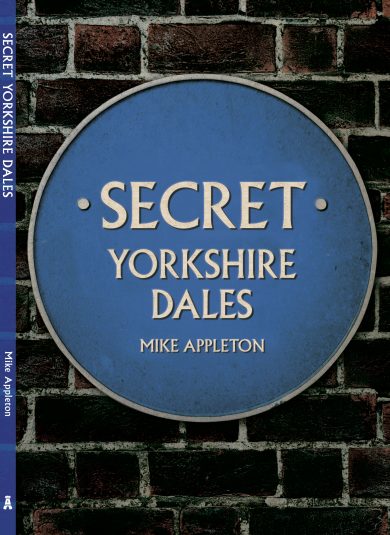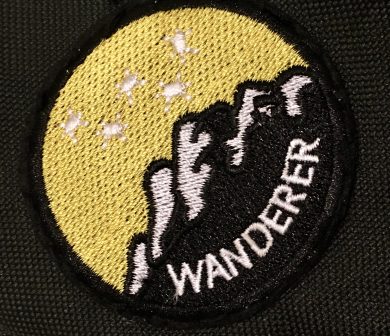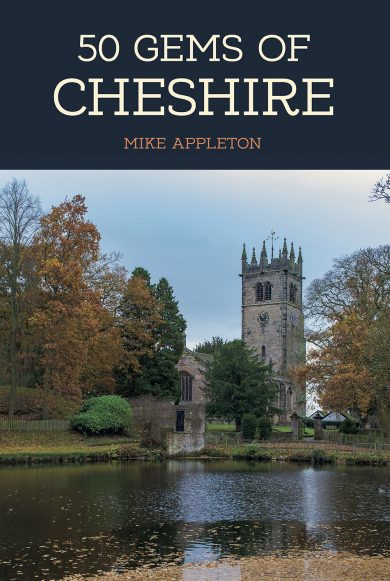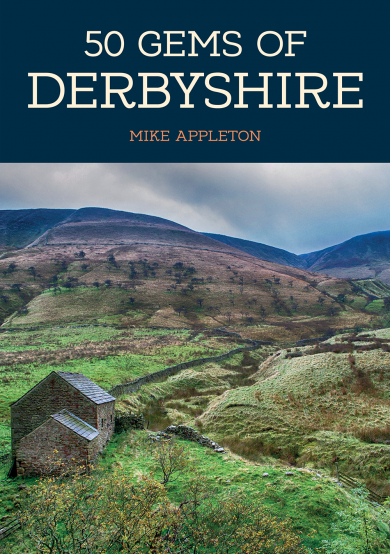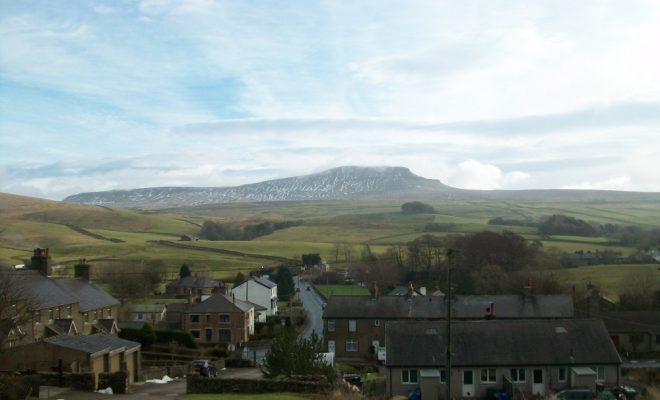
Unbiased and Balanced
Forgive me for using the lyrics of an 80/90s rock band but there are three sides to every story.
Yours, Mine and the Truth*.
In writing Yorkshire’s Three Peaks: Inside Story of the Dales I wanted to cover as many angles as possible to find out what is happening in the area at the present time.
I set myself the task of walking the route and interviewing people I met along the way as well as landowners, Yorkshire Dales National Park Authority figures, farmers, business owners, Natural England, the Cave Rescue and users of this famous route.
It took me approximately three years of my life to research and complete — although that is tempered somewhat by the fact I wrote, with Lee Briers, his autobiography, in the meantime.
It involved several emails, visits, phonecalls, hours upon hours of walking, face to face interviewing and much more.
For the record, I spoke to:
Melanie and Matt at Pen-y-ghent Café; Steve Hastie from the Yorkshire Dales National Park and Friends of the Three Peaks; Dave Gallivan from Yorkshire Dales Guides, Dave Morphett farmer at Birkwith; Johnny Hartnell at Inglesport; Rae Lonsdale MBE and Steve Finch at the Cave Rescue Organisation; local resident Lucie Carr; Gary Middleton who farms on the slopes of Pen-y-ghent; Charles Ellis, Vicar of St Leonard’s church in Chapel-le-Dale; Adrian at the Seedhill B&B in Ingleton; Colin Newlands and Andrew Hinde at Natural England; Mike Harding; Chris Bonsall and Paul Weaire who spoke about what is happening in Ingleton (Chris is the organiser of the Folk Festival); Gill Woods (head), Richard Patterson (head of governors) and Jane Edwards (teacher) at Horton Primary School; Bob Jarman at Ingleborough Cave; Fell Runner Joe Symonds; Pip Land at the Association of Rural Communities; Robert Bell at Langcliffe Hall; Tom Lord at Lower Winskill Farm; Chris and John Sharp (Famers); Dave Taylor at the Yorkshire Dales Millennium Trust; Nick Oldham at the Yorkshire Dales National Park; Dr Farrer at Ingleborough Estate (who has now sadly passed away); Ben Ayres and Simon Garner at Hanson; Jonathan Tompkins; the Clerk at Horton-in-Ribblesdale Parish Council and Colin Speakman who provided me with his Visitor Management Report for Horton.
There are others too and I appeared on Drystone Radio, which broadcasts in the region, at least four times to discuss what I was doing to gather opinion.
The views I received were wide and diverse. Many didn’t think there were any major issues as a result of the rural decline most of country is suffering. Some were more vociferous than others whilst many wanted to tell me of the beauty of this superb area.
I covered as many bases as possible before drawing a conclusion and my conclusion was pretty much to a person what I have been told in the book. I even wrote a chapter on positive things for the future and schemes.
That is, everyone needs to come together to make sure the area has a vibrant future.
Therefore I’m dismayed by one or two ‘reviews’ that said the book was biased. It certainly wasn’t. I could have eulogised about the number of visitors and the damage they caused and just taken one view. I didn’t. I quoted from the traffic management plan and spoke to the Friends of the Three Peaks as well as those who benefit from visitors in the area.
I also spoke to Robert Bell who owns Pen-y-ghent and users of the Three Peaks route. Several of them.
I could have written paragraphs on environmental damage. I didn’t. I spoke to Natural England, The Yorkshire Dales National Park and other important bodies. I even took a tour around Horton Quarry.
When it comes to retail issues I spoke to Inglesport in Ingleton, as well as other shop owners, and gained valuable insights from Mike Harding and his wife — and the Association of Rural Communities – about how communities are pulling together.
I even said that the YDNP’s selling of items connected with the Three Peaks damaged the local economy.
There was certainly no bias in there nor did I try to belittle what anyone was doing. My only bias was and still is, that I am phenomenally passionate about the Dales.
I allowed several of my interviewees the chance to review what they had said in the book too before publication.
The book has gained positive reviews from The Great Outdoors Magazine, Descent Magazine, The Yorkshire Dales Society, Drystone Radio, The Dalesman, The Westmorland Gazette and several others.
From my experience in journalism, the media do not provide positive reviews if they don’t mean it. It is easier to criticise.
The Cave Rescue Organisation will benefit from the sales the book too. I certainly wouldn’t do this, nor would they, if it was a biased tome.
I’m not asking everyone to love the book. I had one lady call me to say she loved it especially the pictures. I had another one who told me they enjoyed it, but wished I had gone a little deeper into the issues.
I can accept that and plan to do follow up interviews on my site over the coming months.
If you have an issue with anything contained within the book then I am always here to hear your side — and I will interview you – and run the interview on this site.
People have opinions, will always do, and I am happy to hear them.
Descent Magazine summed up what I was trying to achieve perfectly in this review:
Having set scenes, Mike tells his tale by interviewing local people, many of whom are in positions of authority — not ‘authority’ in the sense of police and the like, but representatives of walking groups, the national park, shopkeepers and cafe owners, event organisers and so on.
This sets his book apart — it is a snapshot of time, of opinion, during a period of spending cuts and increased pressures on the fells. The fascination comes from this diversity…
*Gold star to whoever names the band, song and album…

